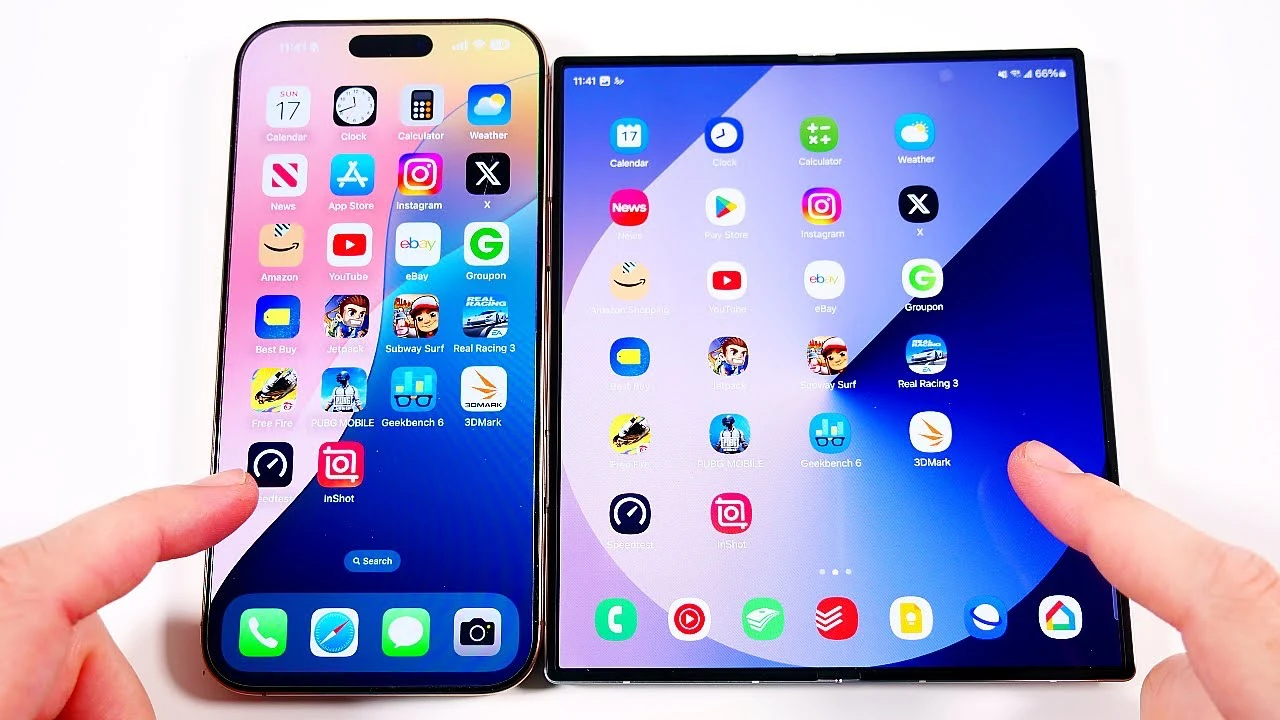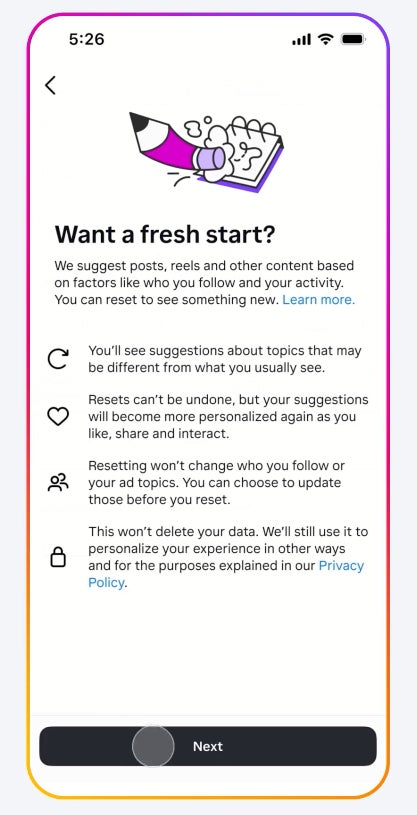In the ever-evolving landscape of flagship smartphones, the iPhone 16 Pro Max and Samsung Galaxy Z Fold 6 stand out as two of the most compelling devices. This in-depth video from Nick Ackerman delves into their performance, speed, and usability, highlighting the unique features and strengths that set these smartphones apart from the competition.
Boot-Up Speed and Unlocking Convenience
When it comes to boot-up speed, the iPhone 16 Pro Max has a slight edge, consistently starting up faster than the Z Fold 6. This can be attributed to Apple’s optimized hardware and software integration. However, the Z Fold 6 offers a wider range of unlocking options, including both fingerprint and face unlock technologies, providing users with greater flexibility and convenience in accessing their devices.
Display Quality and Performance Enhancements
The iPhone 16 Pro Max features a stunning ProMotion display with a high refresh rate, ensuring a smooth and responsive visual experience. Whether scrolling through web pages or navigating through apps, the display delivers a seamless and fluid interaction. On the other hand, the Z Fold 6 features dual 120Hz displays, offering a larger screen real estate when unfolded. This expansive display is particularly advantageous for media consumption, gaming, and productivity tasks, immersing users in a rich and engaging visual experience.
Operating System Optimization and User Experience
The iPhone 16 Pro Max runs on the latest iteration of Apple’s operating system, iOS 18.1. Known for its intuitive interface and seamless user experience, iOS ensures a smooth and efficient interaction with the device. In contrast, the Z Fold 6 operates on One UI 6, Samsung’s custom skin built on top of Android. One UI 6 is specifically optimized for the foldable form factor, taking advantage of the dual screens and offering unique multitasking capabilities that enhance productivity and user experience.
App Launch Speed and Animation Fluidity
In terms of app launch speed and animation fluidity, both devices demonstrate excellent performance. The Z Fold 6 showcases slightly faster animations in certain apps, thanks to its optimized software and powerful hardware. However, the iPhone 16 Pro Max excels in handling demanding applications and games, delivering a consistently smooth and responsive experience. This can be attributed to Apple’s tight integration between hardware and software, as well as the efficiency of the A20 Bionic chip.
RAM Management and Multitasking Capabilities
The iPhone 16 Pro Max comes equipped with 8GB of RAM, which proves sufficient for efficient multitasking and smooth app switching. However, the Z Fold 6 takes RAM management to the next level with its 12GB of RAM. This generous amount of memory allows for seamless multitasking, allowing users to run multiple apps simultaneously without experiencing any lag or slowdown. The Z Fold 6’s RAM advantage is particularly beneficial for power users who frequently switch between apps or engage in resource-intensive tasks.
Benchmark Scores and Processing Power
When subjected to industry-standard performance benchmarks, the iPhone 16 Pro Max consistently achieves higher scores in both Geekbench and 3D Mark tests. These results highlight the sheer processing power of Apple’s A20 Bionic chip, which delivers exceptional performance across various tasks, from everyday app usage to demanding computational workloads. The iPhone 16 Pro Max’s superior benchmark scores make it an ideal choice for users who prioritize raw performance and require a device that can handle even the most demanding applications with ease.
Gaming Experience and Media Consumption
For gaming enthusiasts, both devices offer distinct advantages. The Z Fold 6’s larger screen provides an immersive gaming experience, allowing users to enjoy games on a more expansive canvas. The device’s foldable form factor also enables unique gameplay mechanics and enhanced user interaction. On the other hand, the iPhone 16 Pro Max delivers exceptionally smooth and responsive performance in graphics-intensive games, thanks to its powerful GPU and optimized software. The iPhone’s ecosystem also offers access to a wide range of high-quality games optimized for the platform.
Video Editing and Content Creation
When it comes to video editing and content creation, both devices have their strengths. The Z Fold 6’s larger screen proves advantageous for managing timelines, previewing footage, and navigating through complex editing interfaces. The additional screen real estate enhances productivity and allows for a more efficient workflow. Meanwhile, the iPhone 16 Pro Max benefits from a robust suite of video editing apps and tools, optimized for the iOS ecosystem. The device’s powerful hardware ensures smooth performance during rendering and exporting, delivering high-quality results.
Battery Life and Power Efficiency
In terms of battery life, the iPhone 16 Pro Max showcases remarkable power efficiency. Apple’s optimizations in both hardware and software contribute to extended battery life, allowing users to go through a full day of usage without the need for frequent recharging. The device’s efficient power management ensures that even with intensive usage, such as gaming or video playback, the battery holds up well. While the Z Fold 6 also offers decent battery life, the iPhone 16 Pro Max’s superior power efficiency gives it an edge in this category.
In conclusion, the iPhone 16 Pro Max and Samsung Galaxy Z Fold 6 are both exceptional smartphones that cater to different user preferences and needs. The iPhone 16 Pro Max excels in raw performance, boasting faster boot-up times, smoother gaming experiences, and superior benchmark scores. It is the ideal choice for users who prioritize speed, power, and a seamless user experience within the iOS ecosystem. On the other hand, the Z Fold 6 offers a unique and versatile foldable form factor, with a larger screen real estate that enhances media consumption, gaming, and productivity. Its robust RAM management and optimized software make it a compelling option for users who value multitasking and a more immersive visual experience. Ultimately, the choice between these two flagship devices depends on individual user requirements and preferences, as both offer innovative technology and exceptional performance in their own unique ways.
Source & Image Credit: Nick Ackerman
Filed Under: Apple, Apple iPhone, Top News
Latest togetherbe
Disclosure: Some of our articles include affiliate links. If you buy something through one of these links, Geeky Gadgets may earn an affiliate commission. Learn about our Disclosure Policy.




